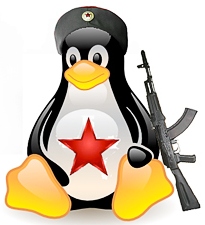According to GPI:
In the current financial and economic situation, companies face many challenges. They must cut costs, develop new products and find new markets. In these fields, North-Korea might be an interesting option. Since a few years, it is opening its doors to foreign enterprises. The labor costs are the lowest of Asia, and its skilled labor is of a high quality. It established free trade zones to attract foreign investors and there are several sectors, including textile industry, agro business, shipbuilding, logistics, mining and Information Technology that can be considered for trade and investment.
European Business Mission to Pyongyang: May 2010
In order to explore these business opportunities, we will organize again a business mission to North-Korea (15-22 May). We will also visit the annual Pyongyang Spring International Trade Fair (see photo). This fair can be used by European companies to come in contact with potential buyers and suppliers in North-Korea. Information abouth both events has been attached. In case this date is not convenient for you, individual business trips are possible as well. Later this year, another trade mission will visit Pyongyang from 11-18 September.
With best regards, Paul Tjia (director)
GPI Consultancy, P.O. Box 26151, 3002 ED Rotterdam, The Netherlands
E-mail: [email protected]
Tel: +31-10-4254172
Fax: +31-10-4254317
Website: www.gpic.nl

 Not only does North Korea have “its own Internet” – a national information network independent from the US-based Internet regulator – it also has an operating system, developed under by order of Kim Jong-il.
Not only does North Korea have “its own Internet” – a national information network independent from the US-based Internet regulator – it also has an operating system, developed under by order of Kim Jong-il.









